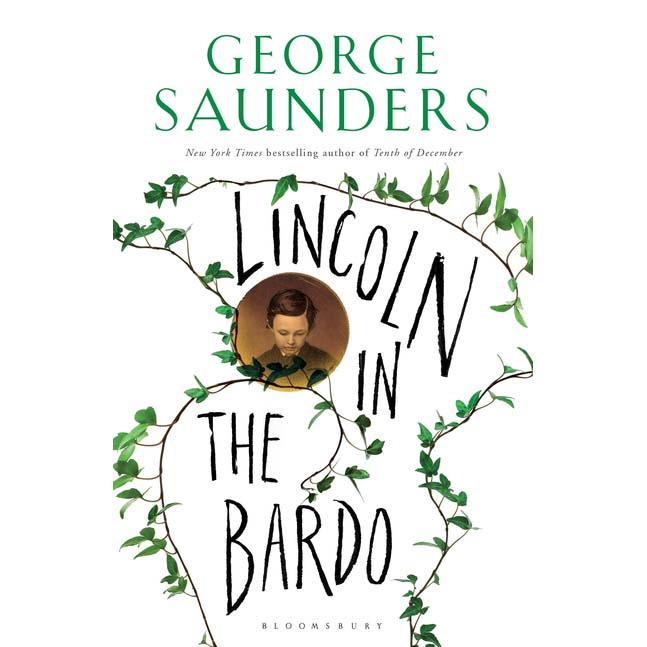

There are two things these ghosts all have in common, though: none of them realize they’re dead, and they all know that children are in peril if any continue to “tarry” too long with them in the cemetery. The majority of the narration and story comes from the innumerable ghosts in Georgetown Cemetery who welcome the young Willie Lincoln after he’s been interred - including victims of accidents, of suicides, and of illnesses - who all have their own hang-ups and quirks. These facts (and others, along with some historical context) are provided roughly every other chapter by sources from the era including newspapers, letters, diaries, and memoirs.īut Lincoln in the Bardo is hardly the historical facts alone - it truly shines in the fictional narrative it spins around that night.

The verifiable facts include: the American Civil War began less than a year ago eleven-year-old Willie Lincoln had just died in the White House and been laid to rest in Georgetown Cemetery and Abraham Lincoln returned to the crypt several times over the course of the night, without company, to hold his boy’s body and grieve. Lincoln in the Bardo takes place one night in February 1862. So let me tell you: if you’re a fan of audiobooks and haven’t read this novel by George Saunders, then do I have a HUGE treat for you.

I couldn’t say exactly what changed, but I’m pleased to admit I’ve become an addict… and yet, being dozens of audiobooks later, I’d never listened to a full-cast performance of a book before Lincoln in the Bardo.

While I’ve written more than a dozen reviews about books I’ve listened to through Libby, I only discovered audiobooks within the last calendar year or so - I’d tried them prior to 2022 on occasion but had limited success and no long-lasting interest. Reviewed by Kamryn Kronschnabel, Patron Services Librarian


 0 kommentar(er)
0 kommentar(er)
